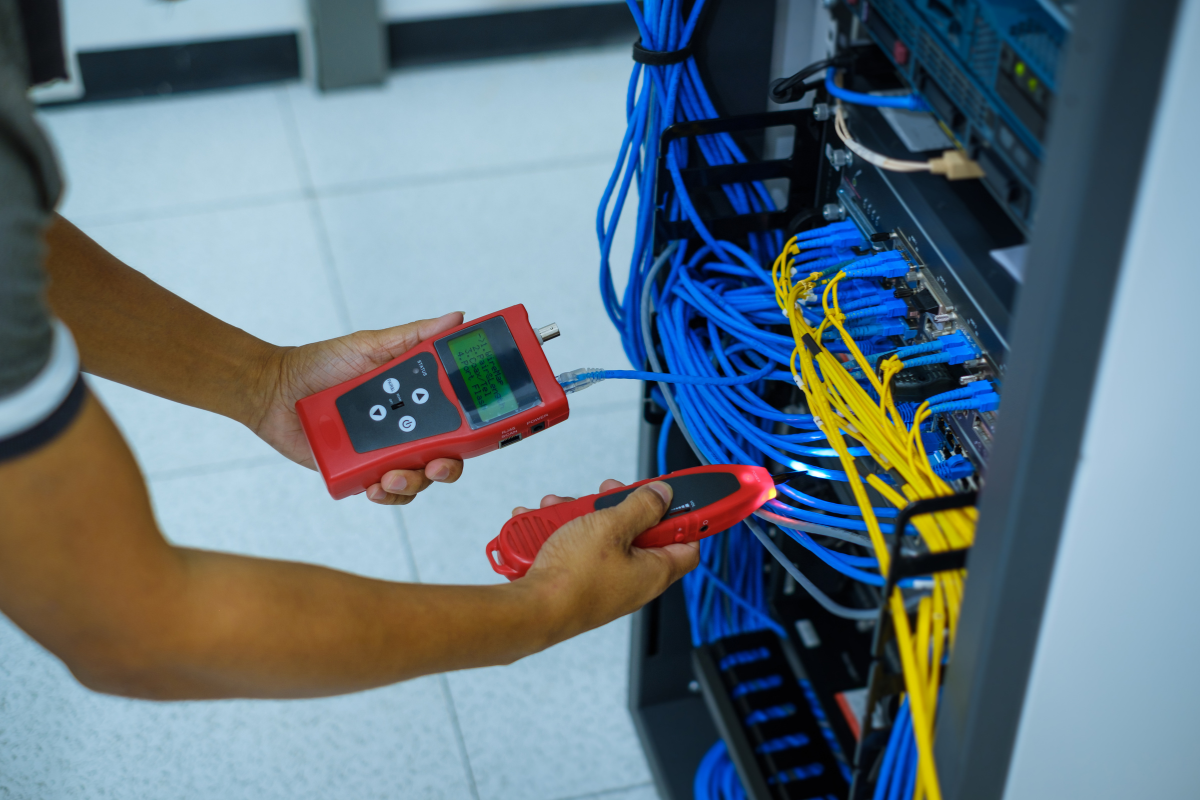With the promise of enticing new productivity features and lower monthly bills, moving to a hosted VoIP phone system can be an exciting journey.
However, with most SMEs relying heavily on their phone systems to maintain contact with suppliers, partners and clients, the transition can be stressful, with the prospect of service disruption a worry for many.
The first and most crucial step in allaying any fears you have, is partnering with a service provider with a proven track record in delivering VoIP phone systems.
Seek a provider who offers a system that suits your needs, and can provider evidence of successful VoIP delivery.
They’ll be able to coordinate any technical changes that have to be implemented to accommodate your new system, and their expert advice and experience will help you get the most out of the capabilities on offer.
Once you have a VoIP system in mind and have chosen a support partner to help you deploy your new system, there are a few considerations you can make in advance of the transition that will ensure it goes as smoothly as possible.
Think About What You’ll Have To Make Provisions For
Consider how many users will come under the scope of your new phone system.

Many hosted VoIP systems are priced on a per user basis, and it may not be cost effective to provide a dedicated phone service for every last member of your team, so provision wisely!
Consider incorporating other branches of your business into your VoIP transition so that all arms of your operation can adopt the new system in unison.
Then, think about the devices your team will need to access the new system. Examine current hardware such as desk phones and determine if these are VoIP compatible.
To truly exploit the features and capabilities of your new system you may want to invest in new VoIP desktop handsets.
Other peripherals such as headsets may be required, and gadgets like speakerphones can be a great way to bring external callers into your workplace meetings.
One of the key benefits inherent in VoIP systems is enterprise mobility – the ability to utilize your phone system from any location.
Consider the devices your team might use to access the phone system when out of the office and determine whether it would be beneficial to purchase new mobile devices to keep your team connected.
Once you have a comprehensive list of desired devices you’ll have a rough idea of most of the capital outlay required.
Think About The Features And Capabilities You Want To Enable From The Outset
Working in partnership with your VoIP service provider, outline every feature you want to implement from the first day of adoption.
Begin with call features you currently enjoy as a base, and then consider how any new and unfamiliar features found in your new system could be of benefit.
If your business frequently experiences high call volumes you should look at activating call queues and auto-attendant features from the get-go, and consider creating “call groups” to share high call workloads among your team.
If your new system affords unified communications capabilities, explore how the multiple communication channels integrate, and consider how you might incorporate your CRM into the equation to bring data and telephony together.
Assess Your Technical Readiness
Because VoIP calls are made via the internet, ensuring your broadband connection has the bandwidth to cope is a vital consideration.

A single VoIP call typically requires 100kbps of both upload and download speed. That means 10 simultaneous calls require 1mbps up and down.
This may not seem like a lot, but it is recommended that you provision between 5 and 10 times the minimum required bandwidth to ensure high call quality and an uninterrupted connection.
It’s also important to remember that your data connection will be contested by other apps and services accessed by your network, limiting the available functional bandwidth for your VoIP phone system.
Your VoIP provider can assist you in determining the sufficiency of your connection, using throughput tests to assess how much functional bandwidth you actually have available – internet service provider claims are often optimistic to say the least.
Then, give thought to how your internet is delivered in your office. Ethernet ports can be the best way to deliver a dependable connection, so consider installing new ports to support desktop VoIP phones.
It’s also worth examining Wi-Fi quality to ensure wireless devices will be able to take calls throughout your premises.
Consider using repeaters or wireless range extenders to cover corners of your office where the signal is poor.
Get Phone Numbers For Your Users
In order to make and receive calls all users must have phone numbers assigned to them.
You should be able to transfer existing contact numbers from your current phone service provider, which is important to ensure service continuity for partners, customers and suppliers.
Be sure to acquire new numbers for any new users you are provisioning the phone system for. Most hosted VoIP services make managing numbers easy, often featuring a central management portal through which all your contact numbers can be governed.
There may seem a lot to take in and a lot of groundwork to do, but a little preparation will go a long wat to ensuring your transition to VoIP runs smoothly.
By installing supporting infrastructure ahead of time and ensuring the necessary call features are instituted from the very beginning, you’ll ensure that your customers enjoy a professional, slick and efficient call experience from day one of your new system.